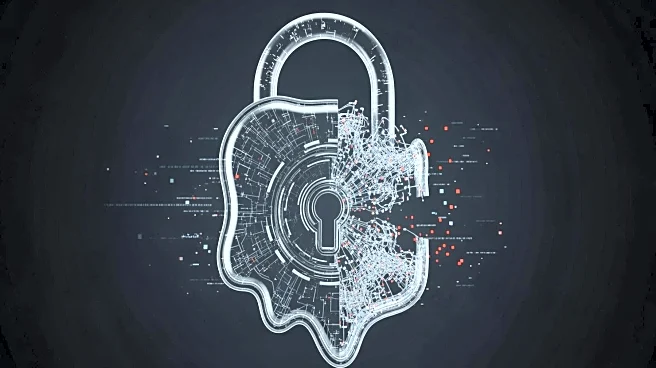What's Happening?
ConnectWise has released patches for two critical vulnerabilities in its Automate remote monitoring and management (RMM) tool. These vulnerabilities, identified as CVE-2025-11492 and CVE-2025-11493, could
allow attackers to perform man-in-the-middle (MiTM) attacks. The first vulnerability, with a CVSS score of 9.6, involves the transmission of sensitive information in cleartext, while the second, with a CVSS score of 8.8, relates to the lack of integrity checks when downloading code. ConnectWise has enforced HTTPS for all agent communications to mitigate these risks and advises organizations using on-premises deployments to update their installations promptly.
Why It's Important?
The vulnerabilities in ConnectWise's Automate tool pose significant risks to enterprises and managed service providers (MSPs) that rely on the software for network management. The potential for MiTM attacks could lead to data compromise and unauthorized access to sensitive information. By addressing these vulnerabilities, ConnectWise aims to protect its users from potential exploitation and ensure the security of their network communications. The patches are crucial for maintaining trust in the software and preventing potential financial and reputational damage to affected organizations.
What's Next?
Organizations using ConnectWise Automate are advised to update their software to the latest version to ensure the security of their network communications. ConnectWise will likely continue to monitor the situation and provide additional guidance to its users. The company may also enhance its security protocols and conduct further assessments to prevent similar vulnerabilities in the future. As cybersecurity threats evolve, ConnectWise and other software providers will need to remain vigilant and proactive in addressing potential risks.
Beyond the Headlines
The incident highlights the importance of regular software updates and the need for organizations to prioritize cybersecurity measures. It underscores the challenges faced by software providers in maintaining the security of their products and the potential consequences of vulnerabilities being exploited. The situation may prompt discussions on the role of software providers in ensuring the security of their products and the responsibility of users in implementing recommended security practices.












